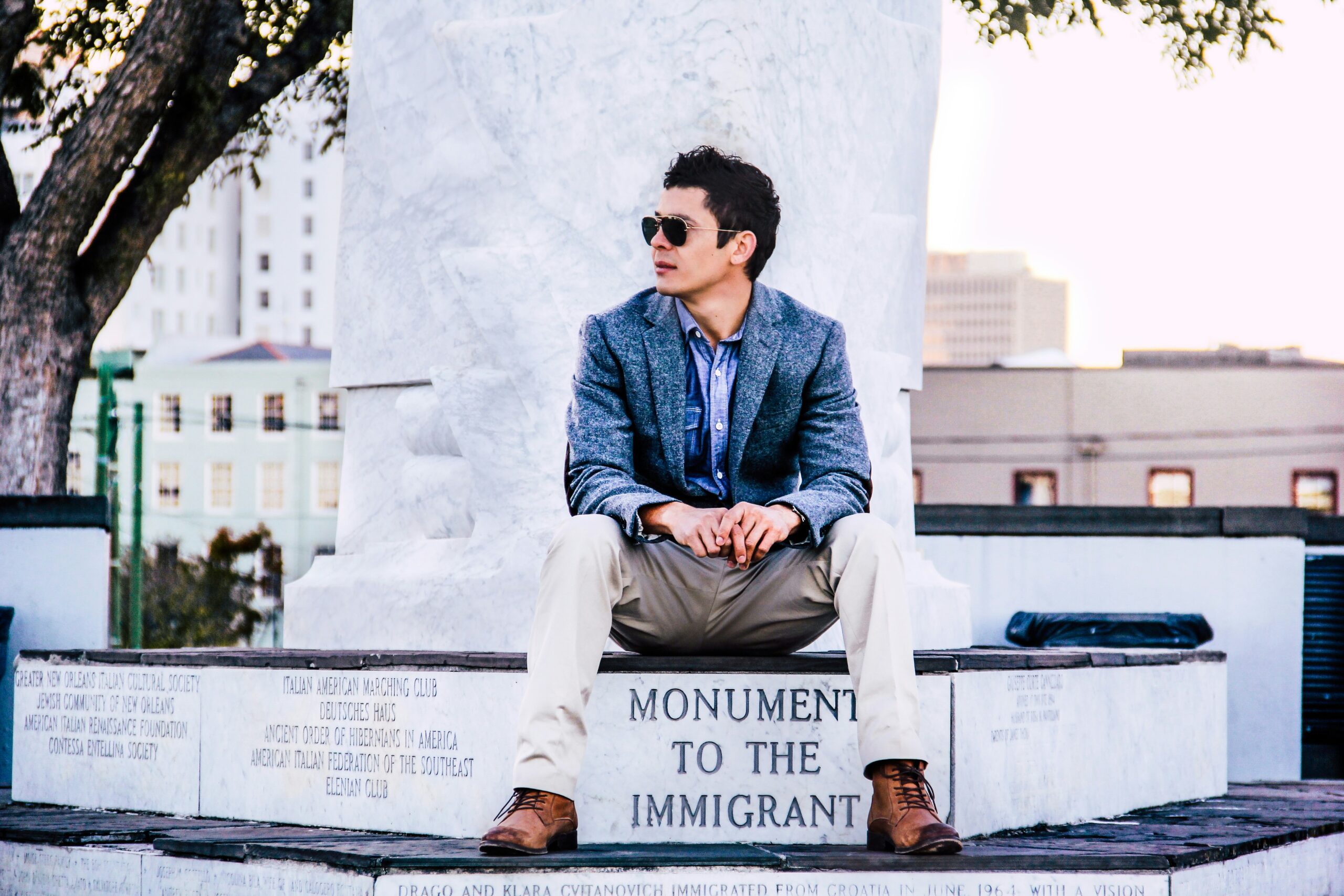

Introduction to Fashion History
Fashion is a mirror reflecting society’s values, creativity, and evolution. It tells stories of cultures and eras long past while setting the stage for future innovations. As we explore the vast tapestry of fashion history, we’ll uncover timeless trends that have shaped how we express ourselves through clothing.
From the draped fabrics of ancient civilizations to the opulent styles of the Renaissance, every era has left an indelible mark on our wardrobes today. The twists and turns in women’s fashion throughout the 20th century reveal more than just changing silhouettes; they reflect social movements and cultural shifts.
Pop culture has also played a crucial role in dictating what’s hot or not, giving rise to unique subcultures that often defy mainstream norms. Fast forward to present day—fashion is now a blend of old influences reimagined for new audiences.
As sustainability takes center stage in modern design practices, it raises questions about our consumption habits and ethical responsibilities as consumers. Join us as we embark on this captivating journey through time—discovering how each stitch woven into history continues to inspire contemporary style choices today!
Ancient Civilizations and Their Influence on Clothing
Ancient civilizations laid the foundation for fashion as we know it today. From the intricate drapery of Greek togas to the vibrant textiles of ancient Egypt, clothing was a reflection of culture and status.
The Egyptians favored linen, ideal for their hot climate. They adorned themselves with jewelry, signifying wealth and power. Meanwhile, Mesopotamian garments showcased layered fabrics and bold colors that spoke volumes about individuality.
In China, silk emerged as a luxurious fabric reserved for royalty. The distinct styles varied by dynasty but always emphasized craftsmanship and artistry.
As trade routes expanded, these techniques spread across continents. Styles evolved yet retained features from their origins. This blend enriched global fashion narratives long before modern trends existed.
These early influences continue to resonate in contemporary designs—echoing elegance, functionality, and cultural significance through every stitch crafted today.
The Renaissance Era: A Time of Excessive Beauty
The Renaissance era, spanning from the 14th to the 17th century, was a celebration of art and beauty. Clothing during this time reflected an opulence that mirrored the flourishing creativity of society.
Rich fabrics like silk and velvet became commonplace. Bright colors adorned garments, showcasing wealth and status. Intricate embellishments were not just details; they were statements.
Men wore elaborate doublets, while women donned flowing gowns with voluminous skirts. Corsets accentuated their silhouettes, emphasizing femininity in striking ways. Accessories played a crucial role too—jewelry sparkled against luxurious fabrics.
Fashion was also about artistry. Tailors took inspiration from painters, creating masterpieces on human canvases. Every outfit told a story of elegance and sophistication amid cultural rebirth.
As people began to express individuality through fashion choices, it marked a shift towards self-identity that resonated through subsequent eras.
The Evolution of Women’s Fashion in the 20th Century
The 20th century was a transformative period for women’s fashion, marked by dramatic shifts and bold statements. In the early decades, corsets reigned supreme, constricting silhouettes that emphasized an hourglass figure. However, as women fought for rights and freedom during World War I, practicality began to take precedence.
Flappers in the roaring twenties embraced liberation with dropped waistlines and unstructured dresses. This era celebrated youthfulness and rebellion against tradition. The rise of Hollywood glamor further propelled daring styles into everyday life.
As society evolved through the decades, so did fashion trends. The disco era brought vibrant colors and extravagant outfits while the feminist movement of the 1970s championed comfort over constraint.
By the end of the century, influences from street style began shaping high fashion. Designers started blending various elements to create ensembles that felt distinctly personal yet reflective of broader societal changes.
The Impact of Pop Culture and Subcultures on Fashion Trends
Pop culture serves as a vibrant canvas for fashion evolution. From the glitzy runways of Paris to the gritty streets of urban neighborhoods, trends often emerge from unexpected sources.
Take punk rock in the 1970s, for example. Safety pins and leather jackets became symbols of rebellion. This subculture reshaped mainstream fashion, influencing designers worldwide.
The rise of hip-hop in the 1980s brought oversized clothing and bold accessories into play. Streetwear brands thrived on these influences, capturing attention across various demographics.
Fast forward to today, where social media amplifies every trend instantaneously. Influencers introduce new styles at lightning speed, making it challenging to predict what will stick around.
Nostalgia also plays a role; vintage looks are continually revived with modern twists. Each generation draws inspiration from previous eras while adding their unique flair to create something fresh and exciting.
Modern Day Fashion: A Blend of Past and Present Styles
Modern fashion thrives on nostalgia, weaving together threads from various eras. Designers today draw inspiration from the bold silhouettes of the 80s and the grunge aesthetics of the 90s. This fusion creates an eclectic wardrobe that appeals to diverse tastes.
Streetwear has become a prominent trend, showcasing a blend of casual wear with high-fashion elements. Oversized tees paired with tailored blazers exemplify this harmonious clash. Vintage pieces are often reimagined, giving life to forgotten styles.
Social media fuels this mix by allowing instant access to global trends. Influencers curate outfits that marry contemporary designs with retro flair, making every day an opportunity for self-expression.
Sustainable practices also play a role in modern fashion. Upcycling vintage garments is now both trendy and eco-conscious, reinforcing the idea that past styles can have a future. This ongoing dialogue between yesterday and today shapes our sartorial choices in exciting ways.
Sustainable and Ethical Fashion: A Growing Trend
Sustainable and ethical fashion is more than a trend; it’s a movement. Consumers are increasingly aware of the environmental impact their choices have on the planet. This shift in mindset has urged brands to reconsider their practices.
Many designers now prioritize eco-friendly materials, from organic cotton to recycled fabrics. They aim for transparency, allowing customers to know where and how their clothes are made.
Ethical labor practices also gain significance. Fair wages and safe working conditions are crucial for those crafting our garments. Shoppers want not just style but conscience behind their purchases.
Thrift shopping and upcycling become popular as people seek unique pieces with character while minimizing waste. Social media amplifies this conversation, spreading awareness about sustainable options rapidly.
The future beckons with promise—a world where fashion embraces responsibility without sacrificing creativity or individuality.
Predictions for
As we look to the future, fashion continues to evolve at a breathtaking pace. The blend of technology and design is reshaping how we experience clothing. Smart fabrics that adapt to temperature or monitor health are just around the corner, promising an exciting intersection of function and style.
Sustainability will remain at the forefront. More consumers are seeking ethically made garments, pushing brands to reevaluate their practices. This shift towards eco-conscious choices might lead to more transparent supply chains and innovative recycling methods.
Fashion can also be expected to embrace inclusivity like never before. Diverse representations in sizes, genders, and ethnicities could redefine beauty standards across the industry.
The rise of digital platforms means trends may emerge quicker than ever. Social media influencers will continue playing pivotal roles in shaping what’s “in” versus “out.” Fast-paced cycles might mean nostalgia becomes a frequent visitor as styles resurface from decades past.
All these elements point towards a vibrant landscape ahead—one where creativity knows no bounds, traditions intertwine with innovation, and every individual has space for self-expression through fashion.
